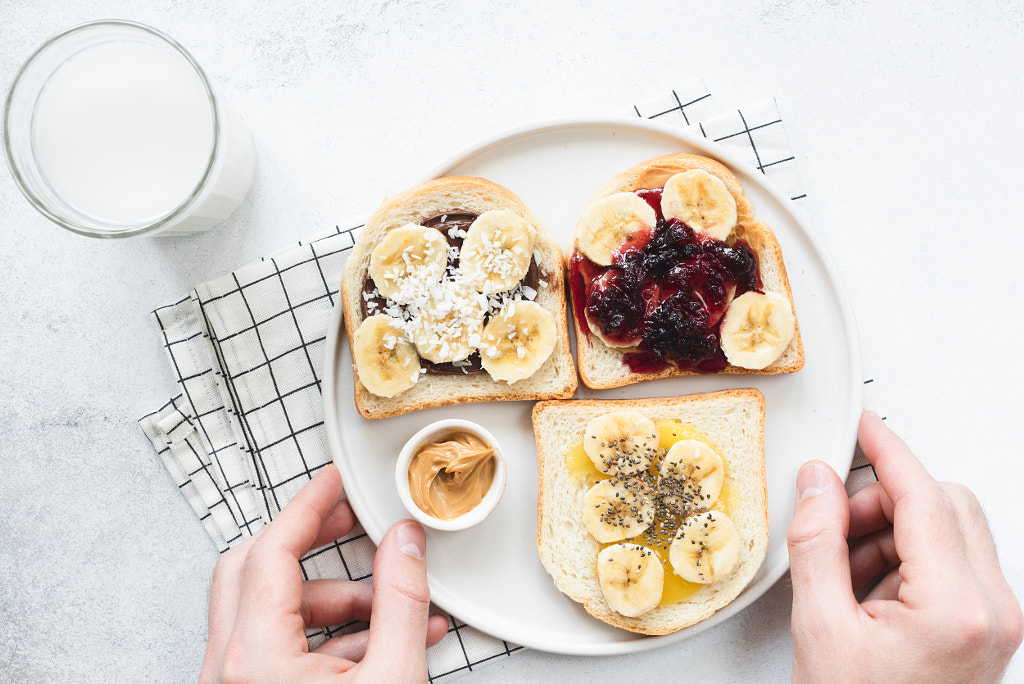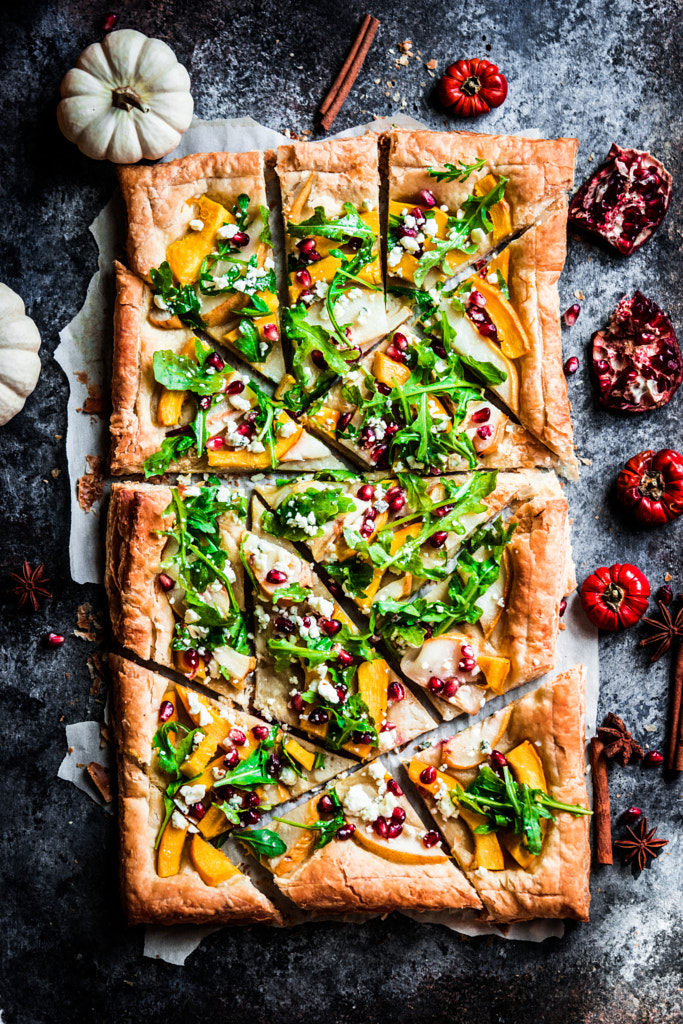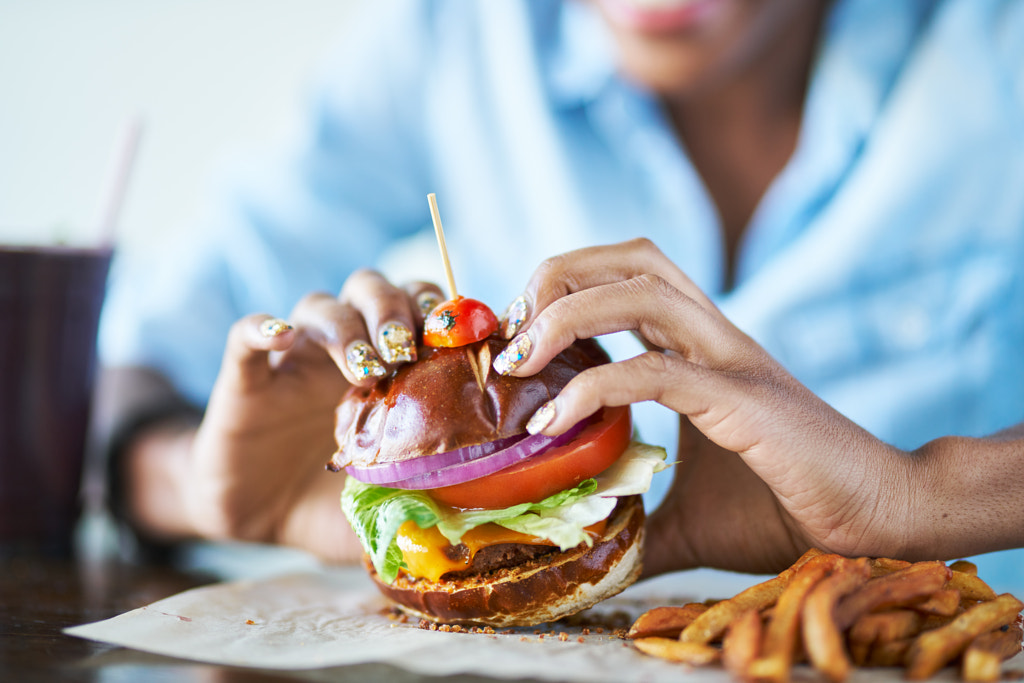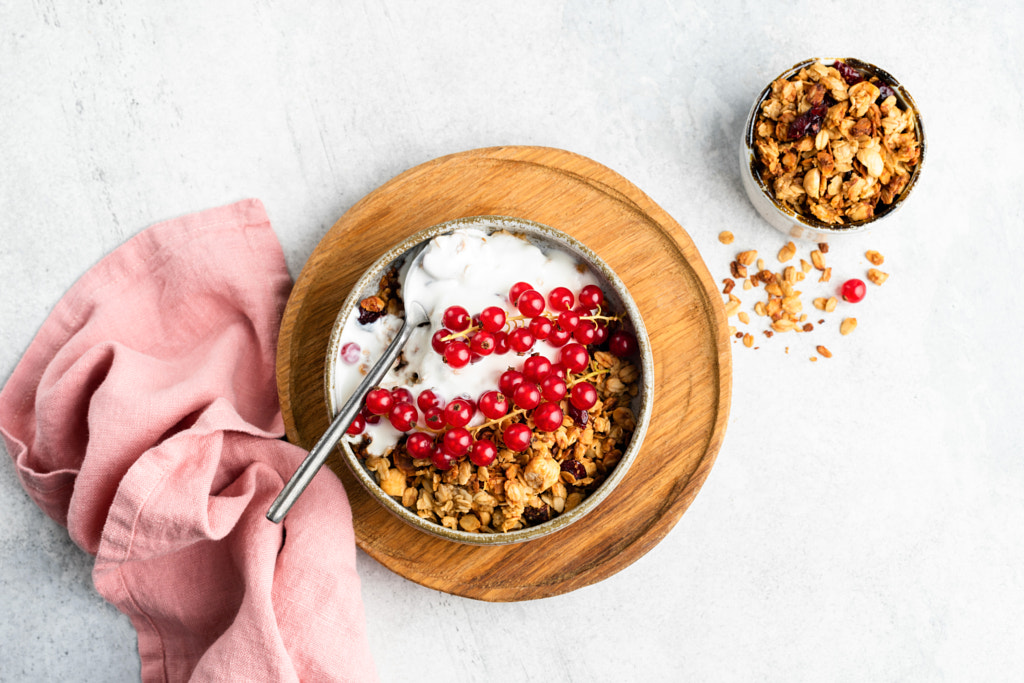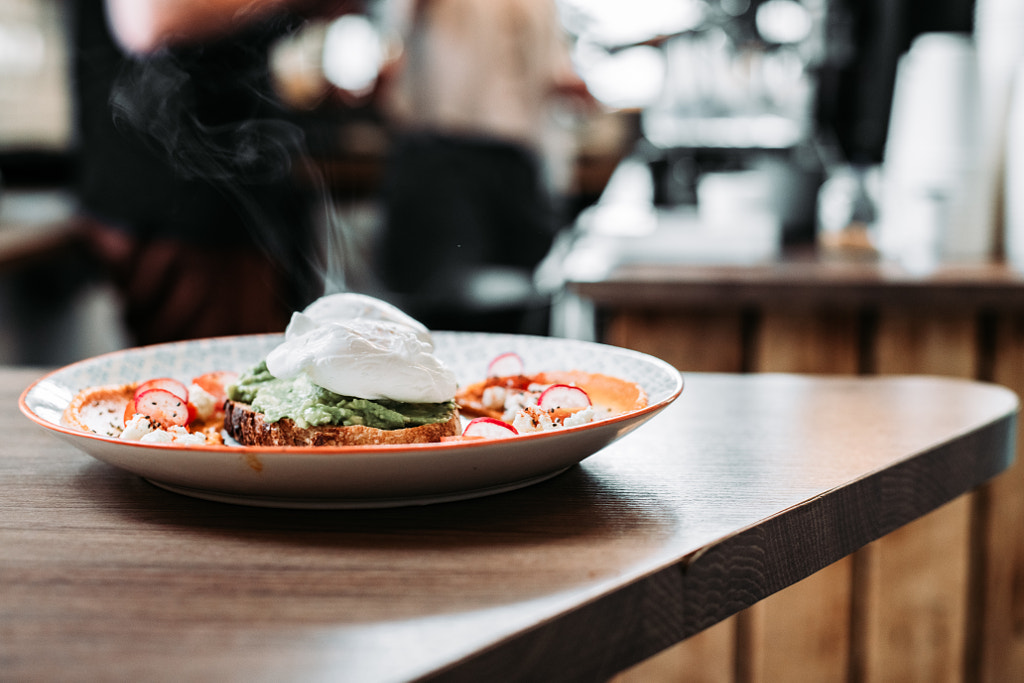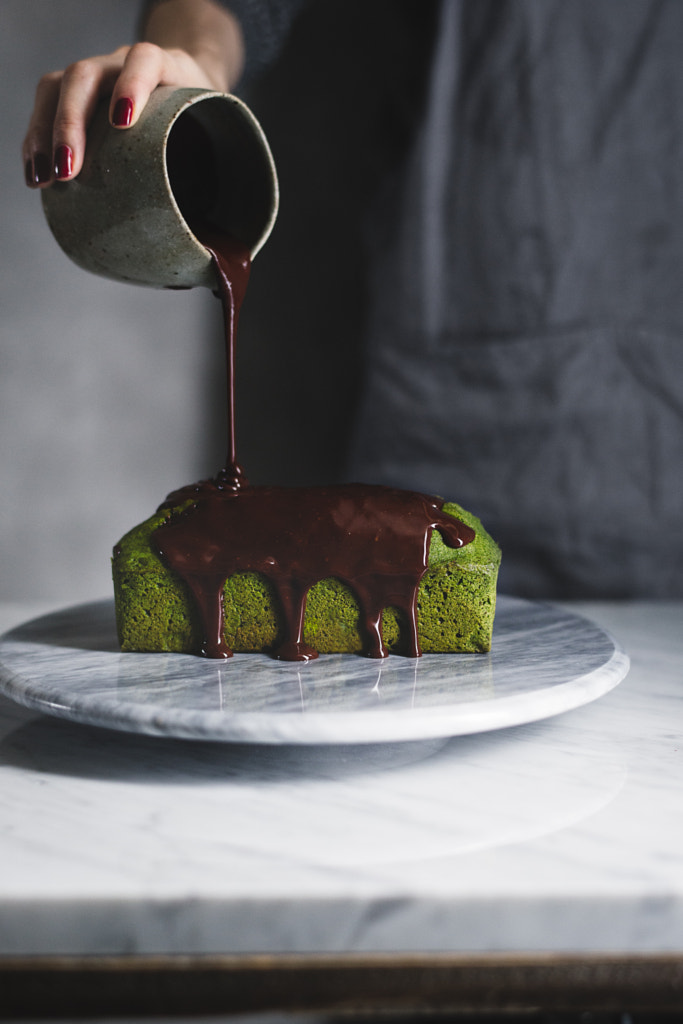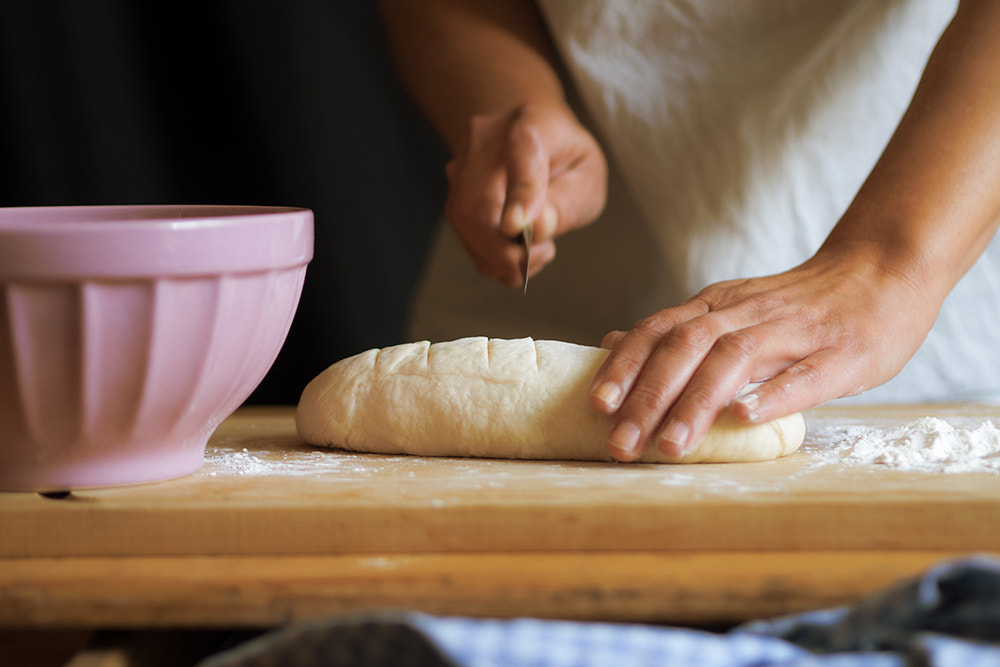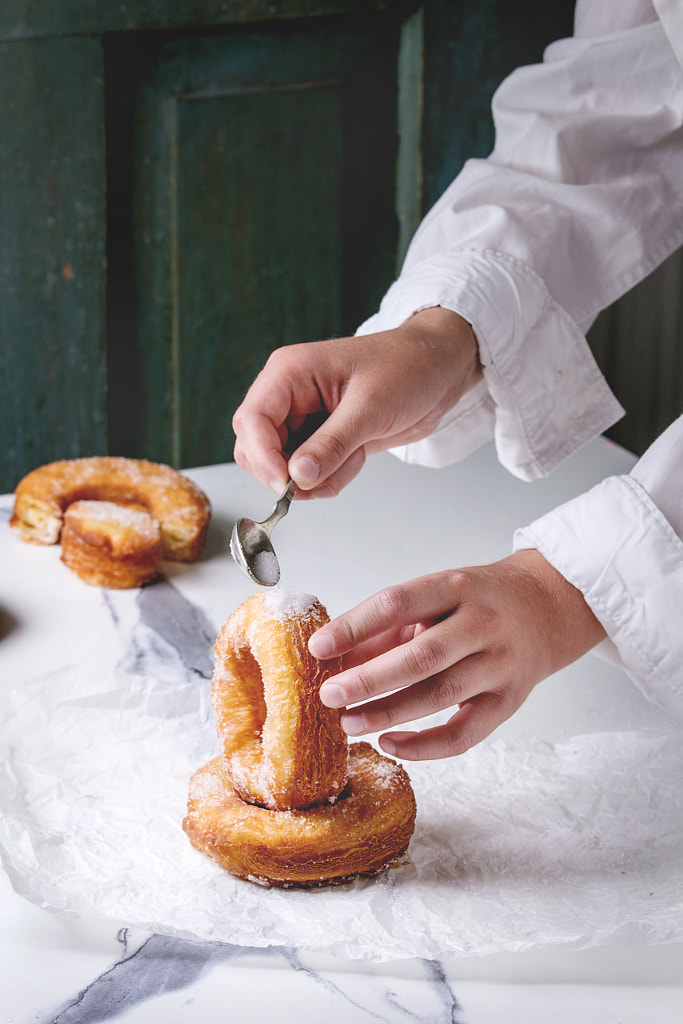Try Out These Awesome Photography Printing Mediums for Fantastic-Looking Photos
Photography Printing Mediums, Nikon, Travel Photography, How to avoid photography
problems, bad mistakes, photography, video. Photography
tutorial for beginners, photography, photography tips, photography
tricks, photo tips and tricks
An awful lot of blog posts focus on the mechanics of the photograph. They discuss composition, shutter speed, aperture, etc. Other posts talk about post-processing and making an image into a piece of art. Do a search and you’ll find hundreds of articles that show you how to clone, or how to use HDR. There’s a third section to this whole process of photography that so many forget to discuss. The digital age and social media have given us another way to share our art. We post the photograph online-only worrying about how it appears on the screen. We’ve forgotten that part of the beauty of our work is more concrete. We have forgotten how amazing it is to print our work, so this article will look at photography printing mediums.

Image by andreas160578 from Pixabay
Let’s consider some of the following photo printing mediums and the effect they can have on your work. The same photograph print on two different types of photo printing mediums can have a totally different look.
Luster photo paper
Luster paper has a slight sheen to it. The paper is similar to the idea of semi-gloss paint. Luster paper is easy to find in standard photo printing locations. The paper will produce beautiful colors, and it’s cost-effective. There is a subtle texture to the paper, and when framed, there’s less glare.These factors are important when considering the look you want to create. Luster works well for portraits. Quite often family and wedding photographers recommend it to clients.
Glossy photo paper
Glossy used to be the go-to photo paper. Most of the photographs around my parent’s house are printed on glossy paper. Glossy tends to produce colors that are richer than luster. The details are also very sharp. In general, the image feels bright.Many people don’t like the glossy feel of the paper. The sheen, depending on the angle can make it hard to see the photograph. Glossy also has a tendency to show scratches.

For family photos like this one, I usually recommend a luster or matte paper.
Matte photo paper
Matte paper has no sheen. The look is flat. That’s not to mean it’s boring. Matte paper can be very beautiful. It tends to create a somewhat softer look. Prints on matte paper tend to age better than those on luster and glossy paper, and the paper doesn’t show fingerprints the way glossy products will. You can also get some very beautiful prints from matte papers.Uses for these papers
These papers tend to be used for nature photography, portraits, and weddings. Some photographers also use them for art prints. It’s important to consider the effect you want to create.As an example, I printed the image below on a glossy paper. The fabric of these ribbon skirt has a natural sheen to it. If I had used a paper with no sheen I would have lost this element, and I wanted to represent the skirt as accurately as possible.

If you notice the sheen on the fabric you’ll see why I specifically chose gloss paper for printing.
Textured art paper
I will admit that textured papers are my favorite type to use when printing art photographs. I love the effect the paper creates. My favorite brand is Epson Cold Press Natural, but there are many available. A little experimentation will help you find your favorite.Epson Cold Press is a textured matte paper that feels similar to watercolor paper. It’s thick and it absorbs a lot of ink. This paper tends to evoke an emotional response from viewers. I know that sounds strange, but I find the colors richer, and they have more depth. As a result, people tend to be drawn to the work. People often ask how the colors in the work are so rich. Good quality paper really helps produce a striking image.

In the following photograph, you’ll notice the rich black background. Printing on this paper lets me lay down a lot of ink to create an intensity I wouldn’t be able to otherwise produce.

This still life was shot with a piece of black velvet in the background. The intense black is important
to the composition.

Printing on wood
This is a unique process.You’ll have to look online to find a company that prints right onto the wood. I’ve used Posterjack in the past.

I’ve used Posterjack to do wood prints.
While you may not be creating an exhibition for a gallery, the medium could still enhance your photographs. The wood grain works nicely with nature images as well as something with a retro feel to it.

This image works well with the wood grain. Images with limited texture that needs boosting, also
work printed on wood.
Acrylic prints
Beautiful rich colors with sharp details work brilliantly on acrylic.The images will pop and get noticed by anyone who walks into the room. The downfall with acrylic is you have to be very careful – it’s easy to chip the corners on an acrylic print.
Acrylic works very well with images shot at night. The bright lights of a city set against a dark sky can be breathtaking in acrylic.

This image works so well on acrylic. The glossy nature brings out the intensity of the city lights.
Metal prints
Metal prints, when used with the right image, can create amazing, jaw-dropping images.Wherever an image has pure white, the silver of the metal will show through.
When used with black and white images, this creates a very unique look. The image also feels very modern. Content like urban landscapes or abstracts of machinery looks striking on this type of media.

This image looks awesome on metal. The silver works so well and adds depth to the image.
There are loads of photography printing mediums out there for your photographs. I haven’t even mentioned canvas prints or printing on fabric. Both are pretty awesome options as well.
The reality is, the sky’s the limit.
It’s more important to consider what each medium could do for your work. You should also think about how the medium affects the look of your work. Do you want a retro feel? Maybe you want something muted and understated? Think of a photograph as something with its own unique voice. Let the image, and the message you want to convey, speak to you then consider how you can make the work shine. As I’m sure Yoda told Luke at some point in Starwars, “Choose wisely, have patience, the answer will come to you.”
Do you have any other photography printing mediums tips you’d like to share with us? Do so in the comments! Share this article.
https://bit.ly/2JzXFdk





























